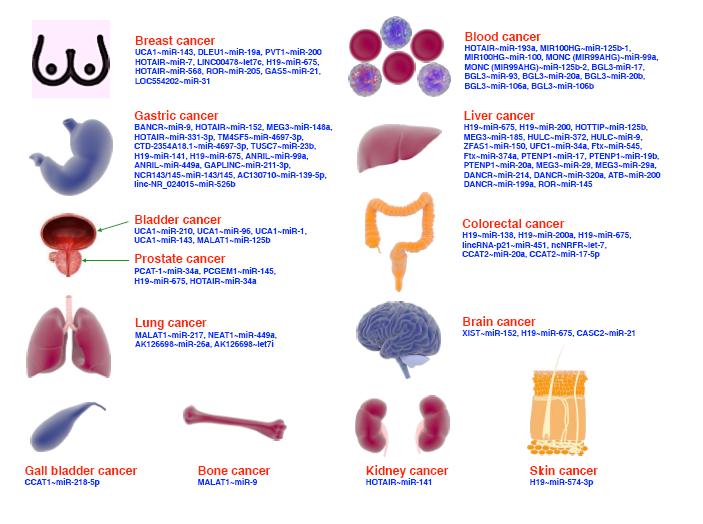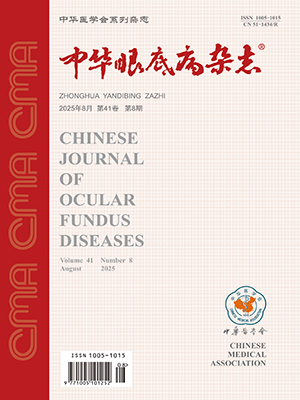| 1. |
Brosh K, Francisconi CLM, Qian J, et al. Retinal displacement following pneumatic retinopexy vs pars plana vitrectomy for rhegmatogenous retinal detachment[J]. JAMA Ophthalmol, 2020, 138(6): 652-659. DOI: 10.1001/jamaophthalmol.2020.1046.
|
| 2. |
Francisconi CLM, Marafon SB, Figueiredo NA, et al. Retinal displacement after pneumatic retinopexy versus vitrectomy for rhegmatogenous retinal detachment (ALIGN)[J]. Ophthalmology, 2022, 129(4): 458-461. DOI: 10.1016/j.ophtha.2021.12.007.
|
| 3. |
Muni RH, Felfeli T, Sadda SR, et al. Postoperative photoreceptor integrity following pneumatic retinopexy vs pars plana vitrectomy for retinal detachment repair: a post hoc optical coherence tomography analysis from the pneumatic retinopexy versus vitrectomy for the management of primary rhegmatogenous retinal detachment outcomes randomized trial[J]. JAMA Ophthalmol, 2021, 139(6): 620-627. DOI: 10.1001/jamaophthalmol.2021.0803.
|
| 4. |
Ooto S, Vongkulsiri S, Sato T, et al. Outer retinal corrugations in age-related macular degeneration[J]. JAMA Ophthalmol, 2014, 132(7): 806-813. DOI: 10.1001/jamaophthalmol.2014.1871.
|
| 5. |
Vincent A, Munier FL, Vandenhoven CC, et al. The characterization of retinal phenotype in a family with C1QTNF5-related late-onset retinal degeneration[J]. Retina, 2012, 32(8): 1643-1651. DOI: 10.1097/IAE.0b013e318240a574.
|
| 6. |
Dalvin LA, Spaide RF, Yannuzzi LA, et al. Hydration folds in rhegmatogenous retianl detachment[J]. Retin Cases Brief Rep, 2020, 14(4): 355-359. DOI: 10.1097/ICB.0000000000000711.
|
| 7. |
Duncan HJ, McNally TW, Ferrara M, et al. Outer retinal corrugations in late-onset retinal degeneration: a diagnostic finding demonstrated with multimodal imaging[J/OL]. BMJ Open Ophthalmol, 2023, 8(1): e001370[2023-10-01]. https://pubmed.ncbi.nlm.nih.gov/37884319/. DOI: 10.1136/bmjophth-2023-001370.
|
| 8. |
Gundlach E, Junker B, Gross N, et al. Bilateral serous retinal detachment[J]. Br J Ophthalmol, 2013, 97(7): 939-940. DOI: 10.1136/bjophthalmol-2012-302528.
|
| 9. |
Dolz-Marco R, Gallego-Pinazo R. Massive serous retinal detachment related to severe preeclampsia[J/OL]. Ophthalmol Retina, 2017, 1(2): 174[2017-03-04]. https://pubmed.ncbi.nlm.nih.gov/31047277/. DOI: 10.1016/j.oret.2016.09.013.
|
| 10. |
Ross WH. Visual recovery after macula-off retinal detachment[J]. Eye (Lond), 2002, 16(4): 440-446. DOI: 10.1038/sj.eye.6700192.
|
| 11. |
Lee WW, Bansal A, Sadda SR, et al. Outer retinal folds after pars plana vitrectomy vs. pneumatic retinopexy for retinal detachment repair: post hoc analysis from PIVOT[J]. Ophthalmol Retina, 2022, 6(3): 234-242. DOI: 10.1016/j.oret.2021.09.001.
|
| 12. |
Melo IM, Nourouzi Darabad M, Ramachandran A, et al. Pathophysiology of outer retinal corrugations: imaging dataset and mechanical models[J/OL]. Data Brief, 2023, 47: 108920[2023-01-19]. https://pubmed.ncbi.nlm.nih.gov/36747979/. DOI: 10.1016/j.dib.2023.108920.
|
| 13. |
Muni RH, Darabad MN, Oquendo PL, et al. Outer retinal corrugations in rhegmatogenous retinal detachment: the retinal pigment epithelium-photoreceptor dysregulation theory[J]. Am J Ophthalmol, 2023, 245: 14-24. DOI: 10.1016/j.ajo.2022.08.019.
|
| 14. |
Nakanishi H, Hangai M, Unoki N, et al. Spectral-domain optical coherence tomography imaging of the detached macula in rhegmatogenous retinal detachment[J]. Retina, 2009, 29(2): 232-242. DOI: 10.1097/IAE.0b013e31818bcd30.
|
| 15. |
Bu SC, Kuijer R, van der Worp RJ, et al. Immunohistochemical evaluation of idiopathic epiretinal membranes and in vitro studies on the effect of TGF-β on Müller cells[J]. Invest Ophthalmol Vis Sci, 2015, 56(11): 6506-6514. DOI: 10.1167/iovs.14-15971.
|




